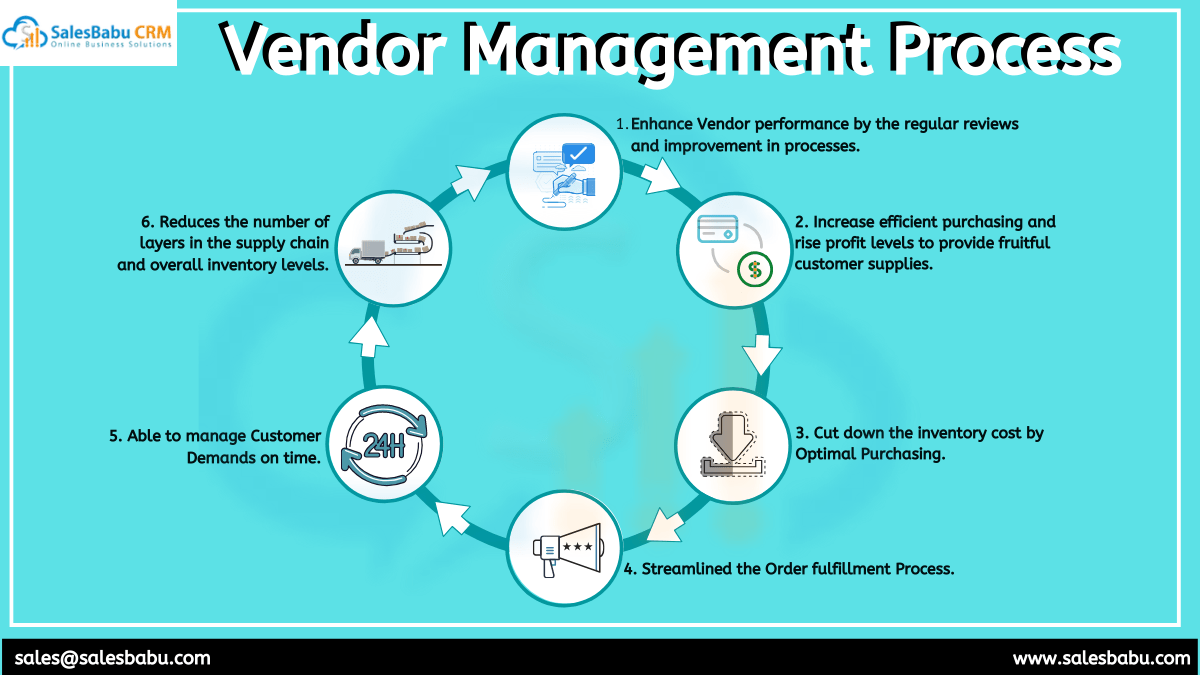Subscription Model: 7 Powerful Reasons It’s Revolutionizing Business
In today’s fast-evolving digital economy, the subscription model has emerged as a game-changer, transforming how businesses generate revenue and how customers access products and services. From streaming platforms to software tools, this model offers predictability, scalability, and deeper customer relationships.
What Is the Subscription Model and Why It Matters

The subscription model is a business strategy where customers pay a recurring fee—usually monthly or annually—to access a product or service. Unlike traditional one-time purchases, this approach creates a continuous revenue stream for businesses while offering users ongoing value and convenience.
Defining the Subscription Model
At its core, the subscription model flips the traditional transactional relationship. Instead of a single purchase, it’s a long-term commitment between provider and consumer. This model is not limited to digital services; it spans physical goods, software, content, and even experiences.
- Recurring payments form the backbone of the model.
- Access is often tiered, with different pricing levels.
- Customer retention becomes more critical than one-time sales.
“The subscription model shifts the focus from selling products to delivering continuous value.” — Strategy consultant Peter Fader
Historical Evolution of Subscriptions
The concept isn’t new. Newspapers and magazines pioneered subscriptions centuries ago. In the 1980s and 1990s, software companies began offering annual licenses. But the real explosion came with the internet, cloud computing, and mobile technology.
- 18th century: Print media subscriptions began in Europe.
- 1990s: Adobe and Microsoft used license-based models.
- 2000s: Netflix disrupted video rentals with mail-order DVDs, then streaming.
- 2010s: SaaS platforms like Salesforce and Spotify normalized recurring digital access.
Today, the subscription model is no longer a niche strategy—it’s a dominant force across industries.
How the Subscription Model Transforms Revenue Streams
One of the most compelling advantages of the subscription model is its impact on financial predictability. Businesses can forecast income with greater accuracy, enabling smarter investment and operational planning.
Recurring Revenue and Predictable Cash Flow
Unlike traditional sales, which can be erratic, subscription revenue is recurring and often automated. This consistency allows companies to plan for growth, manage inventory, and scale operations efficiently.
- Monthly Recurring Revenue (MRR) and Annual Recurring Revenue (ARR) are key metrics.
- Investors favor subscription-based businesses due to predictable earnings.
- Automation tools like Zuora help manage billing and revenue recognition.
Customer Lifetime Value (CLTV) Optimization
The subscription model emphasizes long-term customer relationships. By retaining users over time, companies increase the total revenue generated per customer.
- CLTV is calculated by multiplying average revenue per user (ARPU) by average customer lifespan.
- High retention rates significantly boost CLTV.
- Strategies like upselling and cross-selling enhance value over time.
“In a subscription economy, the most valuable asset isn’t the product—it’s the customer relationship.” — Tien Tzuo, CEO of Zuora
Key Industries Embracing the Subscription Model
The subscription model has transcended its digital roots and is now reshaping entire industries. From entertainment to healthcare, businesses are adopting this model to stay competitive and meet evolving consumer expectations.
Media and Entertainment
Streaming services like Netflix, Spotify, and Disney+ have redefined how we consume content. Instead of buying albums or DVDs, users pay a monthly fee for unlimited access.
- Netflix reported over 230 million subscribers in 2023 (Netflix Investor Relations).
- Spotify uses a freemium model to convert free users to paid subscribers.
- Disney+ leverages its vast content library to drive global subscriptions.
This shift has led to the decline of physical media and the rise of on-demand culture.
Software as a Service (SaaS)
SaaS is perhaps the most mature application of the subscription model. Companies like Microsoft (Microsoft 365), Adobe (Creative Cloud), and Slack offer software via monthly or annual subscriptions.
- Adobe’s switch from perpetual licenses to Creative Cloud increased revenue by over 40% in three years.
- SaaS allows for continuous updates, reducing piracy and improving user experience.
- Cloud infrastructure enables global scalability and real-time collaboration.
The SaaS model also supports agile development, where features are rolled out incrementally based on user feedback.
Retail and Consumer Goods
Even physical products are going subscription. Companies like Dollar Shave Club, Blue Apron, and BarkBox deliver razors, meals, and pet supplies directly to customers’ doors.
- Dollar Shave Club disrupted Gillette’s dominance with a direct-to-consumer subscription model.
- Meal kits reduce decision fatigue and offer convenience for busy consumers.
- Subscription boxes create excitement through curated, surprise deliveries.
These models thrive on personalization, convenience, and the elimination of repeated purchasing decisions.
Benefits of the Subscription Model for Businesses
Adopting a subscription model offers numerous strategic advantages beyond just revenue. It fosters innovation, improves customer insights, and strengthens brand loyalty.
Enhanced Customer Retention and Loyalty
Because subscribers pay regularly, companies have a vested interest in keeping them satisfied. This leads to better customer service, continuous product improvement, and loyalty programs.
- Retention is often more profitable than acquisition.
- Subscribers are more likely to engage with brand content and promotions.
- Loyalty can be reinforced through exclusive content or early access.
For example, Amazon Prime combines shipping benefits, video, music, and shopping perks to create a sticky ecosystem that keeps users subscribed.
Improved Data Collection and Personalization
Subscriptions generate rich behavioral data. Companies can track usage patterns, preferences, and engagement levels to tailor offerings.
- Netflix uses viewing data to recommend shows and even produce original content.
- Spotify’s “Discover Weekly” playlist is powered by machine learning and user data.
- Personalized emails and offers increase conversion rates.
This data-driven approach allows for hyper-targeted marketing and product development, reducing waste and increasing relevance.
Scalability and Operational Efficiency
Once the infrastructure is in place, adding new subscribers often requires minimal incremental cost. This makes the subscription model highly scalable.
- Digital products can be delivered globally with little added expense.
- Automation reduces the need for manual billing and customer service.
- Cloud-based platforms support rapid growth without physical expansion.
For instance, Zoom’s subscription-based video conferencing service scaled rapidly during the pandemic, serving millions without proportional increases in overhead.
Challenges and Risks of the Subscription Model
Despite its many advantages, the subscription model is not without challenges. Businesses must navigate customer churn, pricing complexity, and market saturation to succeed.
Customer Churn and Retention Pressure
Churn—when subscribers cancel their plans—is the biggest threat to subscription businesses. Even a small churn rate can erode profits over time.
- A 5% reduction in churn can increase profits by 25% to 95% (Bain & Company).
- Common causes include poor onboarding, lack of engagement, or better alternatives.
- Proactive retention strategies, such as win-back campaigns, are essential.
Companies like Peloton use community building and live classes to reduce churn and foster emotional connection.
Pricing Strategy Complexity
Setting the right price is critical. Too high, and you lose customers; too low, and you sacrifice profitability. Tiered pricing adds another layer of complexity.
- Freemium models must balance free access with conversion incentives.
- Price anchoring can make premium tiers seem more valuable.
- A/B testing helps optimize pricing structures.
For example, Adobe offers multiple tiers (Photography, All Apps) to cater to different user needs and budgets.
Subscription Fatigue Among Consumers
As more services adopt subscriptions, consumers are experiencing “subscription fatigue”—feeling overwhelmed by too many recurring bills.
- A 2023 McKinsey survey found that 60% of consumers have canceled at least one subscription due to fatigue.
- Transparency in billing and clear value propositions are crucial.
- Consolidated billing or bundled services can reduce friction.
Apple’s App Store subscriptions and Google’s billing platform help users manage multiple services in one place, improving the customer experience.
Innovative Subscription Model Variations
As the market evolves, companies are experimenting with new forms of the subscription model to stand out and deliver unique value.
Freemium Model: Free Access with Premium Upgrades
The freemium model offers basic services for free while charging for advanced features. It’s widely used in SaaS, gaming, and content platforms.
- Dropbox gives users free storage with paid upgrades for more space.
- LinkedIn offers free networking with premium tools for job seekers and recruiters.
- The key is to provide enough value in the free tier to hook users, then entice them to upgrade.
Success depends on a well-designed conversion funnel and clear differentiation between free and paid features.
Razor-and-Blades Model in the Digital Age
Originally used by Gillette (sell razors cheap, profit from blades), this model is now digital. Companies sell hardware at low margins and profit from recurring service fees.
- Amazon’s Kindle devices are sold at cost, but the company earns from e-book sales and Prime subscriptions.
- Apple sells iPhones with the expectation of future revenue from App Store, iCloud, and services.
- This model creates long-term customer lock-in and recurring revenue.
It’s a powerful way to build an ecosystem where the initial product is just the entry point.
Membership and Community-Based Subscriptions
Some brands focus on exclusivity and community. Subscribers gain access to private groups, events, or expert content.
- MasterClass offers courses from celebrities, creating a sense of prestige.
- Patreon allows creators to offer tiered memberships with exclusive content.
- These models thrive on emotional connection and perceived value beyond utility.
They turn customers into fans, increasing loyalty and reducing price sensitivity.
How to Build a Successful Subscription Model
Launching a subscription service requires careful planning, from defining value propositions to choosing the right technology stack.
Define Clear Value and Target Audience
The foundation of any subscription model is a compelling value proposition. Customers must understand why they should pay regularly.
- Ask: What problem does your service solve?
- Identify your ideal customer and their pain points.
- Communicate benefits clearly—convenience, savings, exclusivity, or access.
For example, Headspace positions itself as a mental wellness tool, offering guided meditations that fit into busy lifestyles.
Choose the Right Pricing and Tier Structure
Pricing should reflect value while remaining competitive. Tiered pricing allows segmentation based on user needs.
- Basic, Pro, and Enterprise tiers cater to different budgets and usage levels.
- Annual plans often offer discounts to encourage long-term commitment.
- Free trials reduce friction and build trust.
Tools like Chargebee help manage complex pricing models and billing cycles.
Leverage Technology and Automation
Efficient operations depend on robust technology. Subscription management platforms handle billing, dunning, analytics, and customer support.
- Zuora, Stripe, and Recurly are leading platforms for subscription billing.
- CRM integration helps track customer journeys and personalize communication.
- AI-powered chatbots can reduce support costs and improve response times.
Automation ensures scalability and reduces human error in recurring processes.
The Future of the Subscription Model
The subscription model is not static. As technology and consumer behavior evolve, so will the ways businesses deliver and monetize value.
AI and Personalization at Scale
Artificial intelligence will play a bigger role in predicting customer needs and customizing offerings in real time.
- AI can recommend content, adjust pricing dynamically, or predict churn.
- Netflix already uses AI for thumbnails and recommendations.
- Future systems may auto-adjust subscription tiers based on usage patterns.
This level of personalization will make subscriptions feel more intuitive and valuable.
Sustainability and Ethical Subscriptions
Consumers are increasingly concerned about environmental and social impact. Subscription models that promote reuse, reduce waste, or support causes will gain favor.
- Loop by TerraCycle offers reusable packaging for consumer goods.
- Patagonia’s Worn Wear program encourages repair and reuse through a subscription-like service.
- Transparency in sourcing and carbon footprint will become selling points.
Sustainable subscriptions align with values-driven consumers and can command premium pricing.
Hybrid Models and Bundling Strategies
The future may see more hybrid approaches—combining subscriptions with ownership, rentals, or on-demand services.
- Apple One bundles iCloud, Apple Music, TV+, and Fitness+ into a single subscription.
- Car manufacturers like Volvo offer car subscriptions that include insurance and maintenance.
- Bundling increases perceived value and reduces churn.
These models offer flexibility, allowing users to access multiple services without managing separate subscriptions.
What is the subscription model?
The subscription model is a business approach where customers pay a recurring fee to access a product or service over time, rather than making a one-time purchase. It’s commonly used in software, media, retail, and services.
Why are companies switching to a subscription model?
Companies adopt the subscription model for predictable revenue, higher customer lifetime value, better data insights, and stronger customer relationships. It also supports scalability and innovation.
What are the risks of the subscription model?
Key risks include customer churn, subscription fatigue, pricing complexity, and high customer acquisition costs. Businesses must focus on retention, value delivery, and user experience to succeed.
How can a business reduce churn in a subscription model?
Businesses can reduce churn by improving onboarding, offering personalized experiences, providing excellent customer support, and continuously delivering value. Win-back campaigns and loyalty rewards also help.
What industries benefit most from the subscription model?
Industries like software (SaaS), media and entertainment, retail, fitness, education, and healthcare are thriving with subscription models. Any sector that can deliver ongoing value benefits from recurring revenue.
The subscription model has fundamentally reshaped the modern economy. By prioritizing long-term relationships over one-time transactions, businesses can achieve sustainable growth, deeper customer engagement, and operational efficiency. While challenges like churn and subscription fatigue exist, the benefits far outweigh the risks when executed strategically. As technology advances and consumer expectations evolve, the subscription model will continue to innovate—driving new forms of value, personalization, and sustainability. For companies willing to adapt, the future is not just about selling products, but about delivering continuous value in a connected world.
Further Reading:


